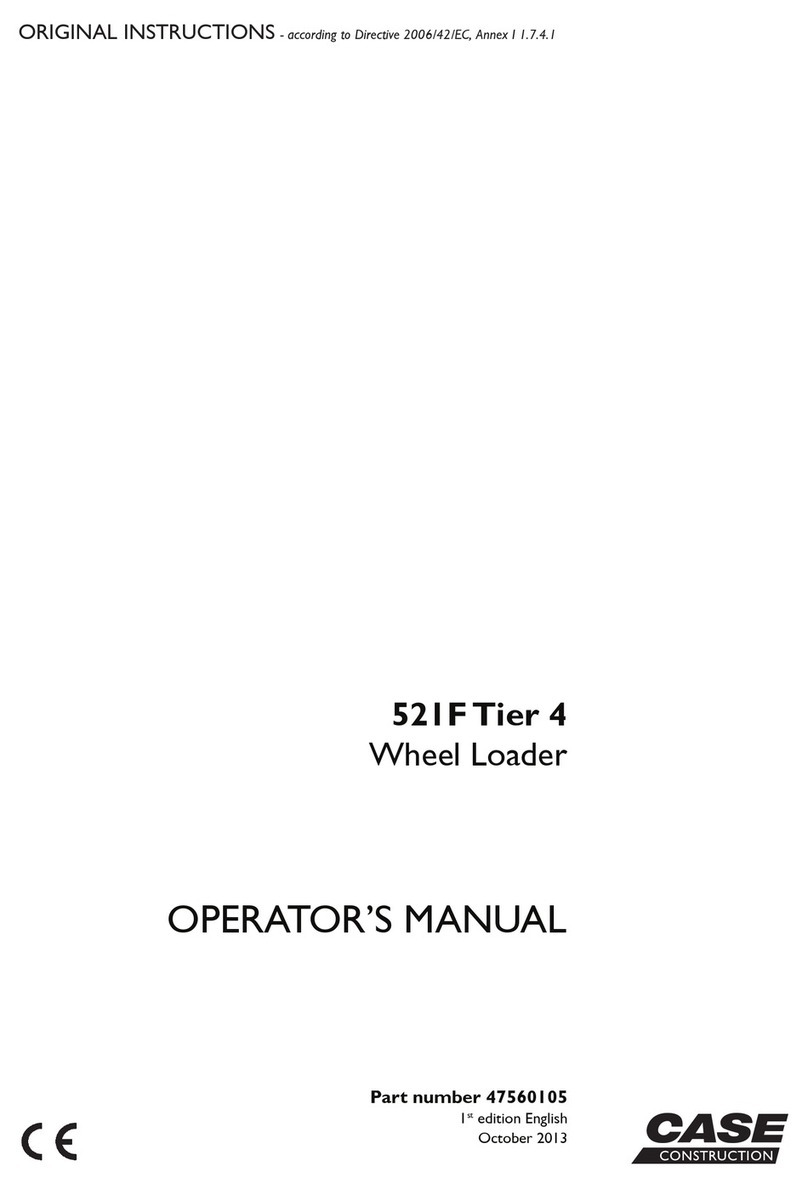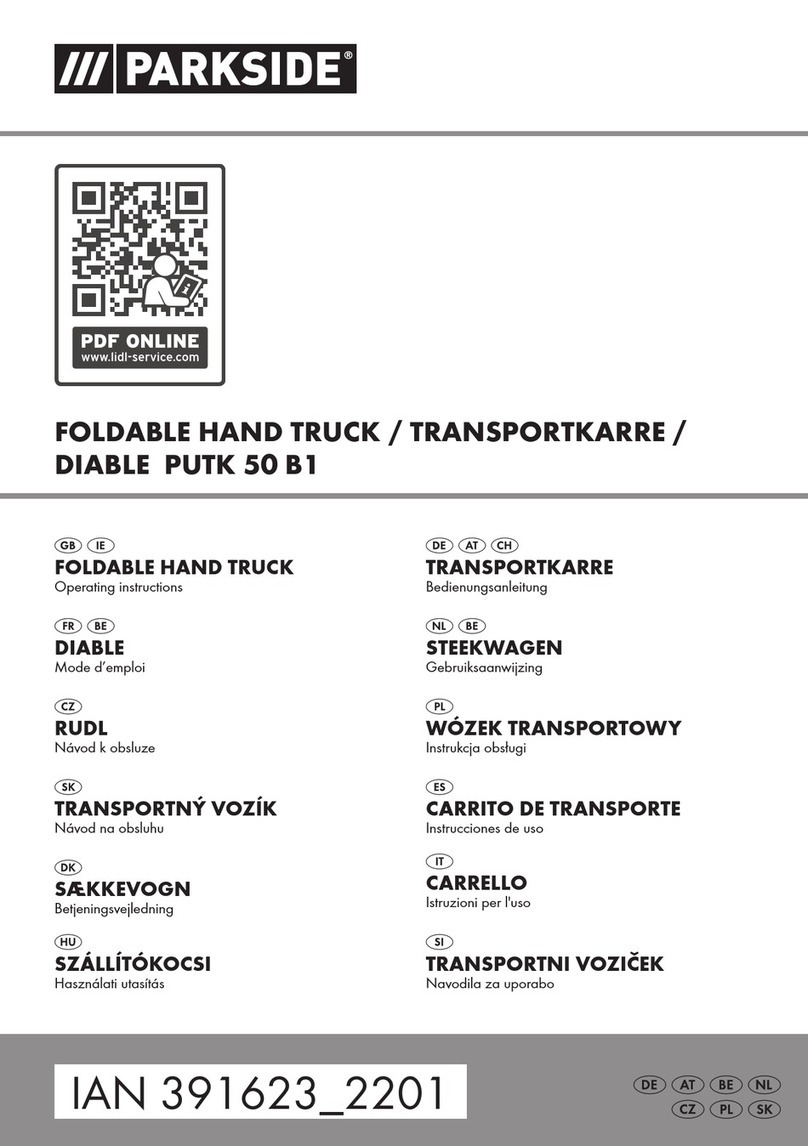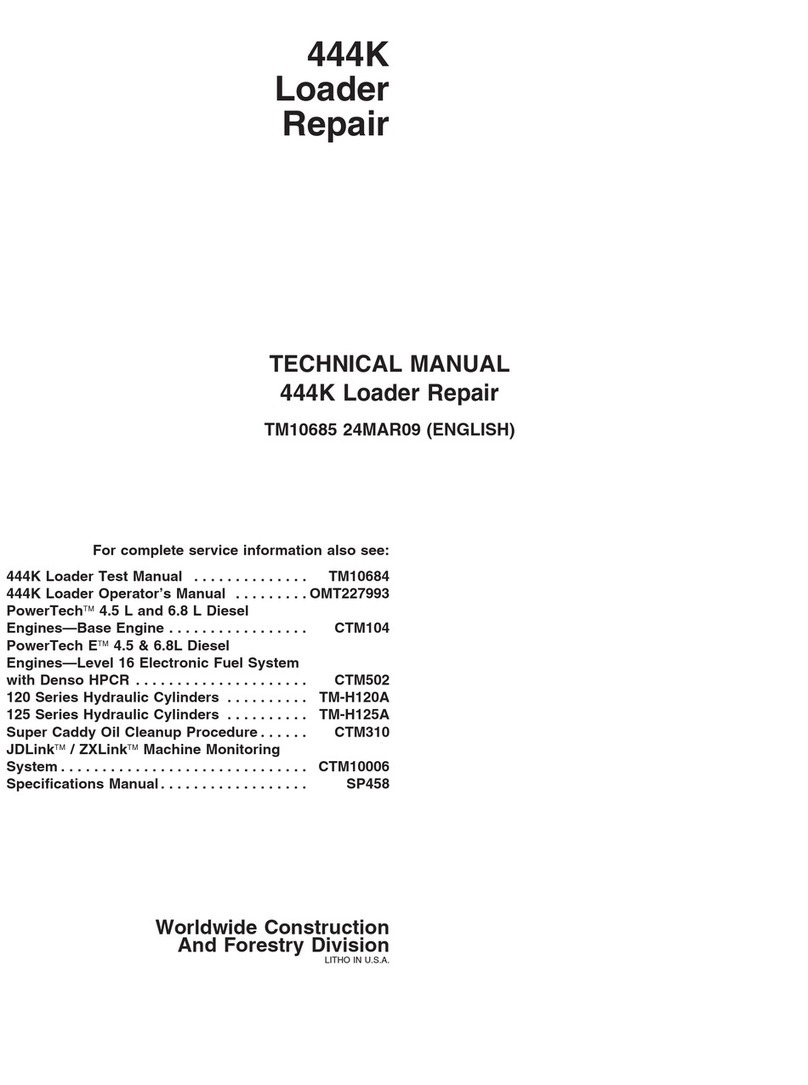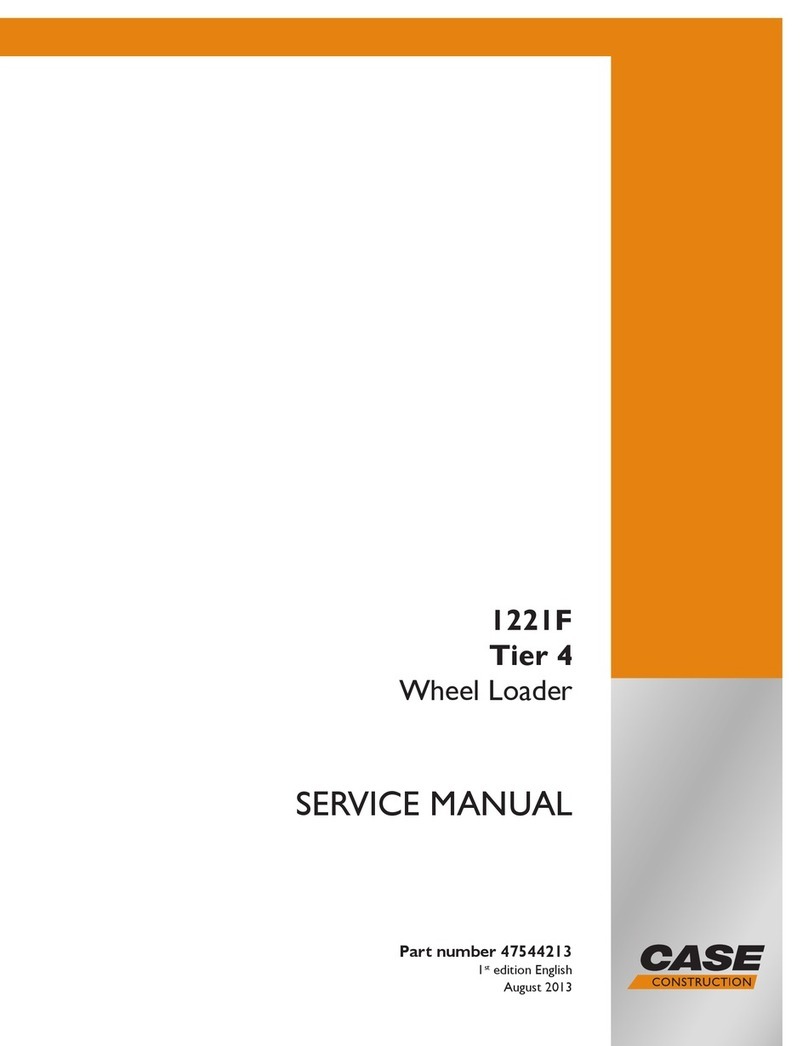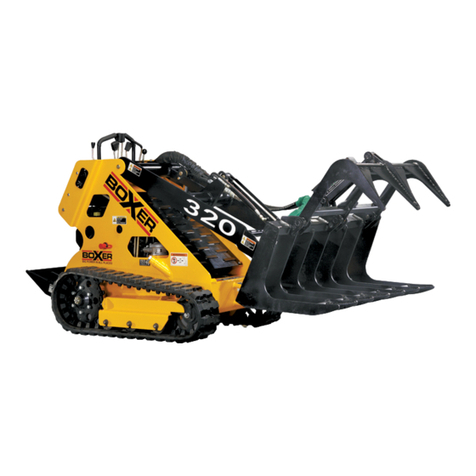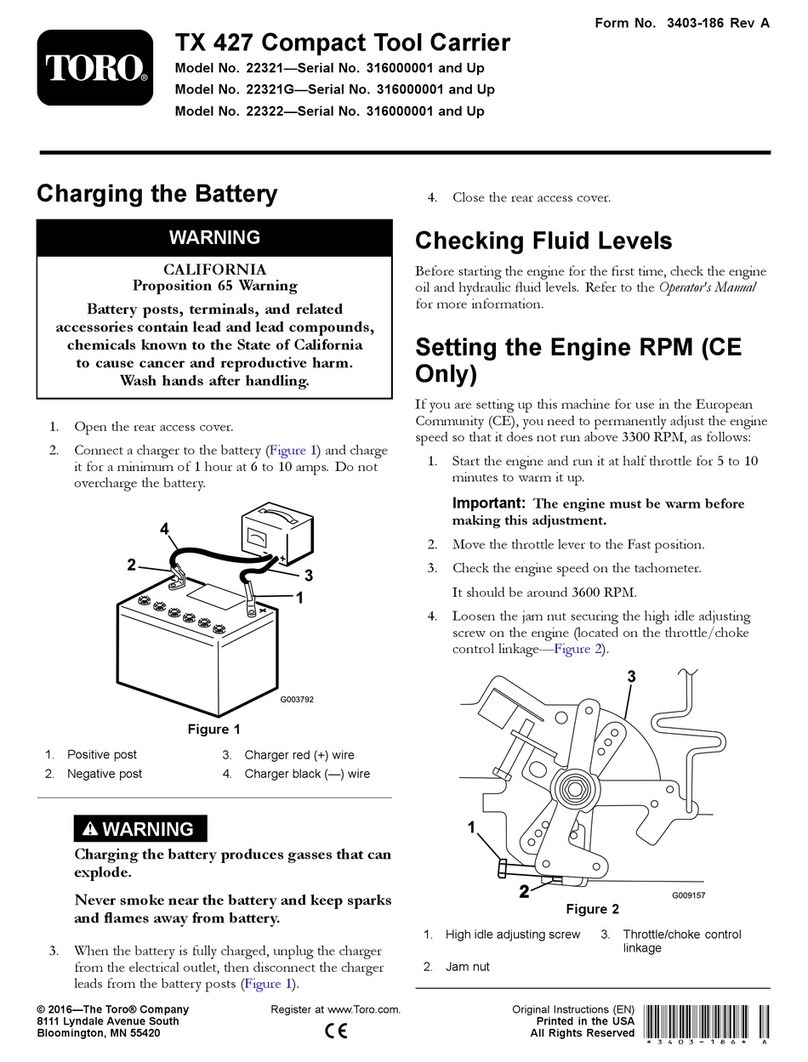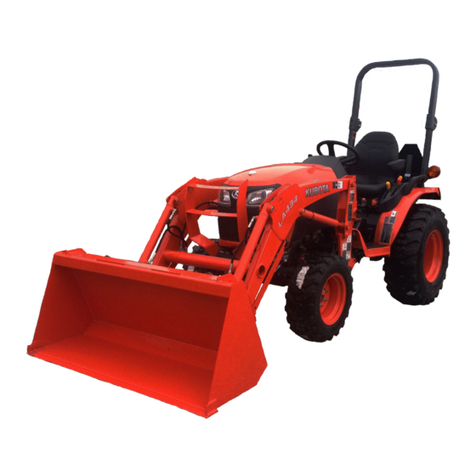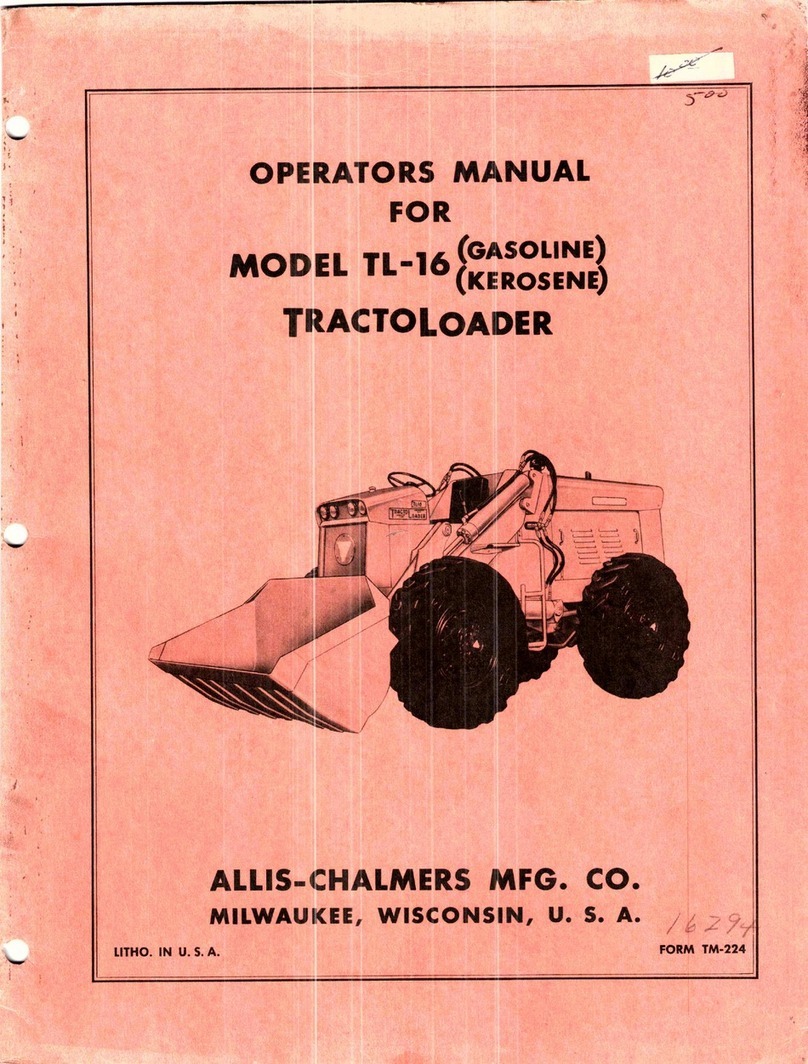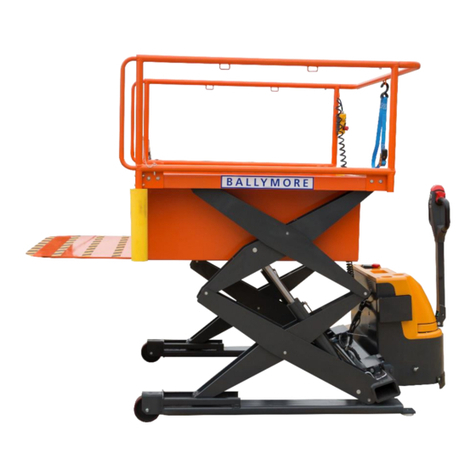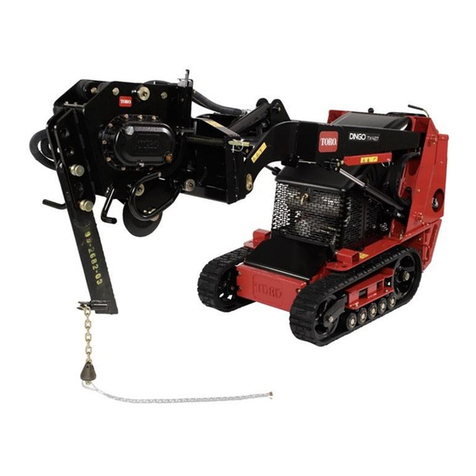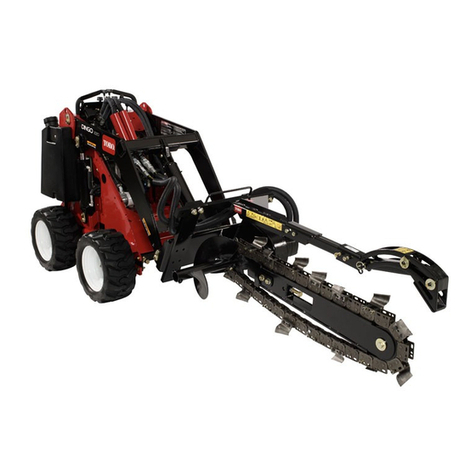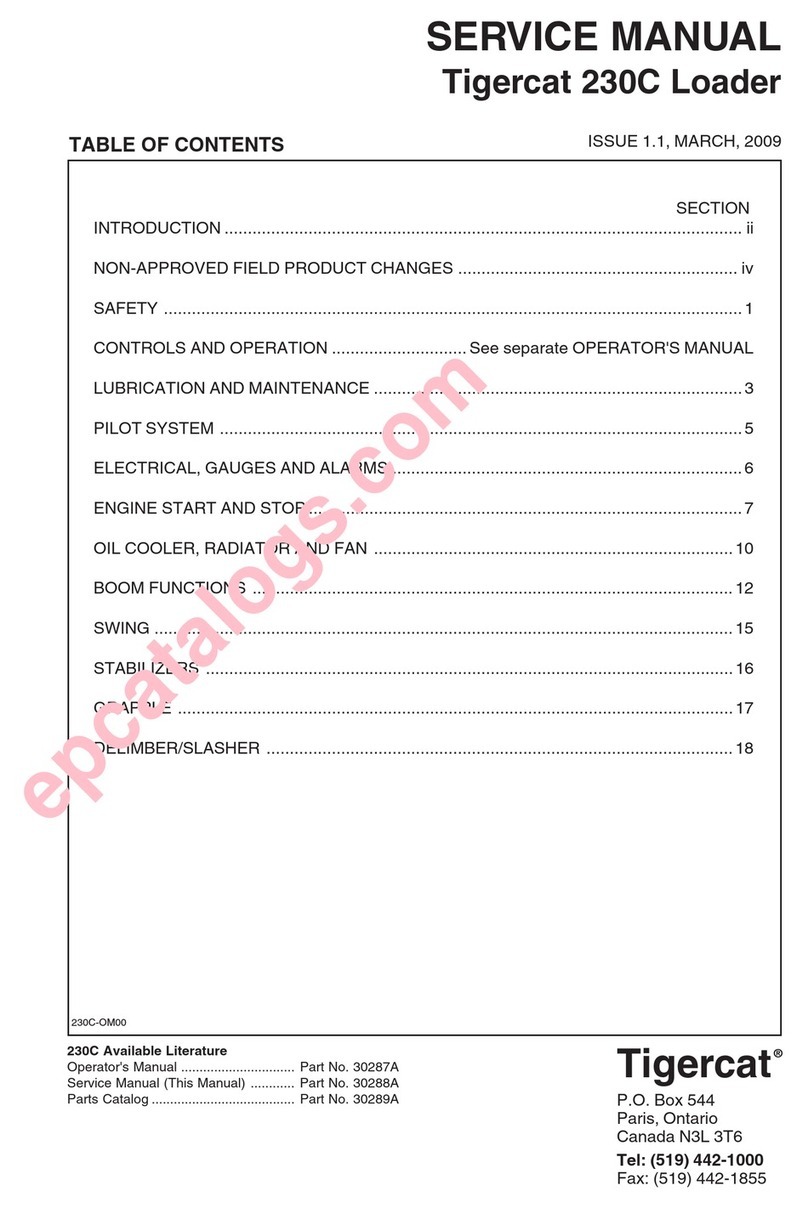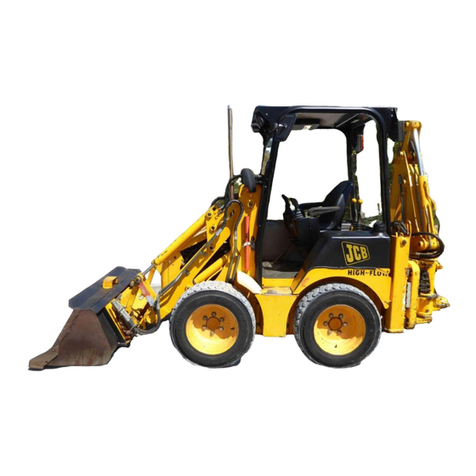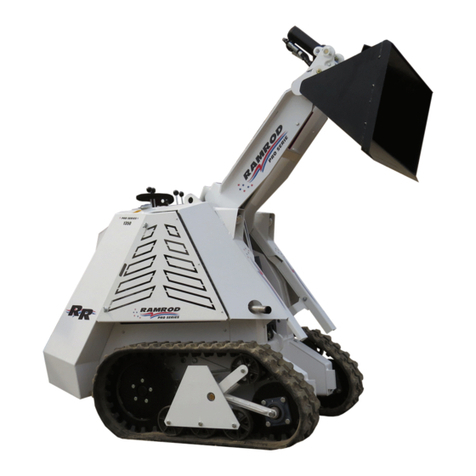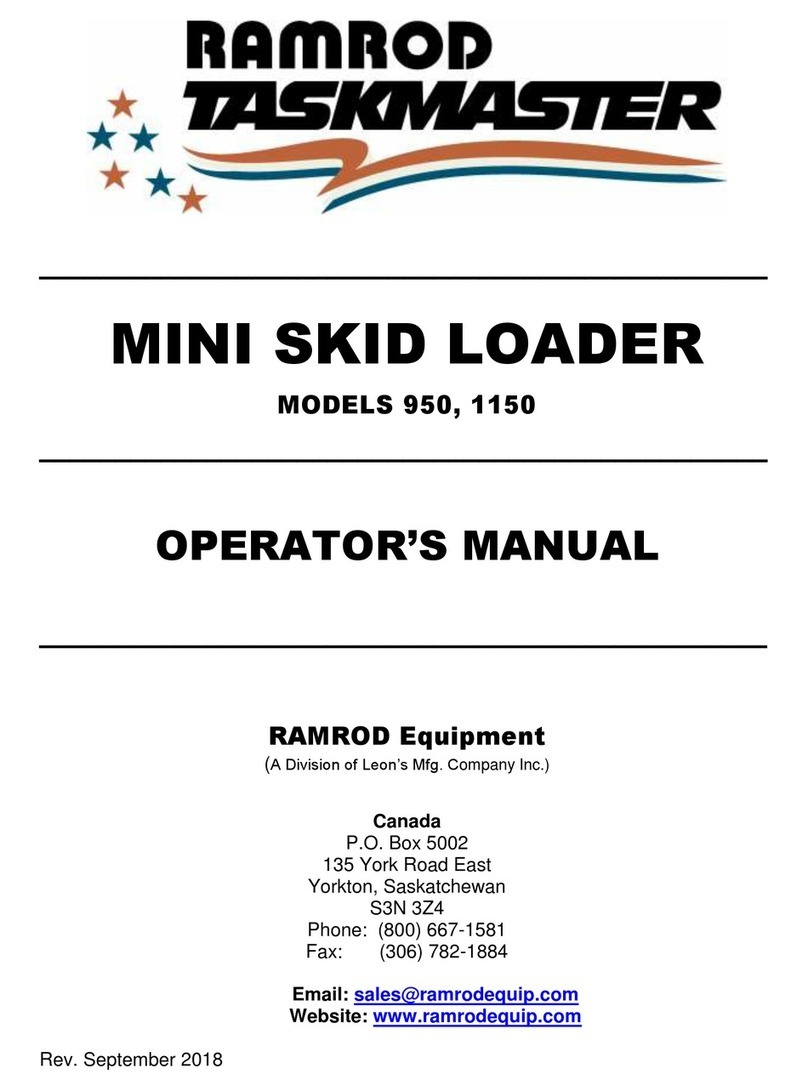
IX
Table of Contents
Boxer Product Warranty ....................................................................................i
Safety Introduction............................................................................................v
Be Prepared - Get to Know All Operating and Safety Instructions ........ v
Learn the Signal Words Used with the Safety Alert Symbol .................. v
Section 1 – Safety Precautions ....................................................................1–1
General Safety..........................................................................................1–1
Operating Safety.......................................................................................1–2
Service & Maintenance Safety..................................................................1–4
Electrical System Hazards........................................................................1–4
Battery Hazards .................................................................................1–5
Jump Starting/Battery Charging Hazards ..........................................1–5
Hydraulic System Hazards .......................................................................1–6
Fueling Hazards........................................................................................1–7
Section 2 – Operating Controls....................................................................2–1
Component Locations...............................................................................2–1
Left Front View...................................................................................2–1
Right Rear View.................................................................................2–2
Safety Decals.....................................................................................2–3
Operating Controls.............................................................................2–5
Operating Controls Description..........................................................2–6
Section 3 – Pre-Start Inspection and Operation.........................................3–1
Pre-Start Inspection..................................................................................3–1
Daily Service Checks................................................................................3–1
Cylinder Lock Installation..........................................................................3–9
Cylinder Lock Removal......................................................................3–9
Operating Instructions.............................................................................3–10
Machine Start-up .............................................................................3–10
Machine Shut-down ......................................................................... 3–11
Transportation..................................................................................3–12
Lifting Procedures............................................................................3–13
Machine Travel Controls.........................................................................3–14
Attachment Installation and Removal .....................................................3–18
Attachment Lock Pins ......................................................................3–18
Installation of Non-Hydraulically Powered Attachments ..................3–19
Removal of Attachment....................................................................3–21
Installation of Hydraulically Powered Attachments ..........................3–21
Operating Instructions for a Hydraulic Attachment ..........................3–26
Travel Crawl Control ........................................................................3–27
Removal of Hydraulically Powered Attachments .............................3–29
